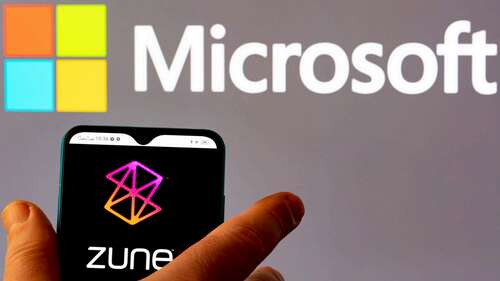
The first generation of Zune sounded fantastic on paper. It had a color screen, could hold up to 30 gigabytes of audio and video, and you could even share songs directly with other Zune users, similar to the Apple AirDrop feature. While it had cool features, it was ugly.
Chances are, if you did buy a first-generation Zune it was a gros-brown rectangular box. There were other colors, but the brown was the one that seemed to be available. Compared to the sleek lines of the iPod, many people immediately dismissed the Zune at first glance.
In an attempt to fix the terrible reception with the first generation, Microsoft released their version of the iPod Mini called the Zune 4, and later, 8, and 16, which referred to their storage size in gigabytes. They fixed the color scheme by offering them in black or red, but the red looked more admire a muddy brown that still reminded consumers of the brown rectangular original. The smaller Zune’s were released alongside their larger counterpart the Zune 80 and 120.
In 2009, the final generation of Zune was released in response to the iPod touch, featuring a more modern design similar to contemporary smartphones. However, Zune struggled overall. Each generation seemed to merely react to Apple’s releases, lacking a distinct direction or innovation, leading to its perception as an imitation rather than a groundbreaking product.

